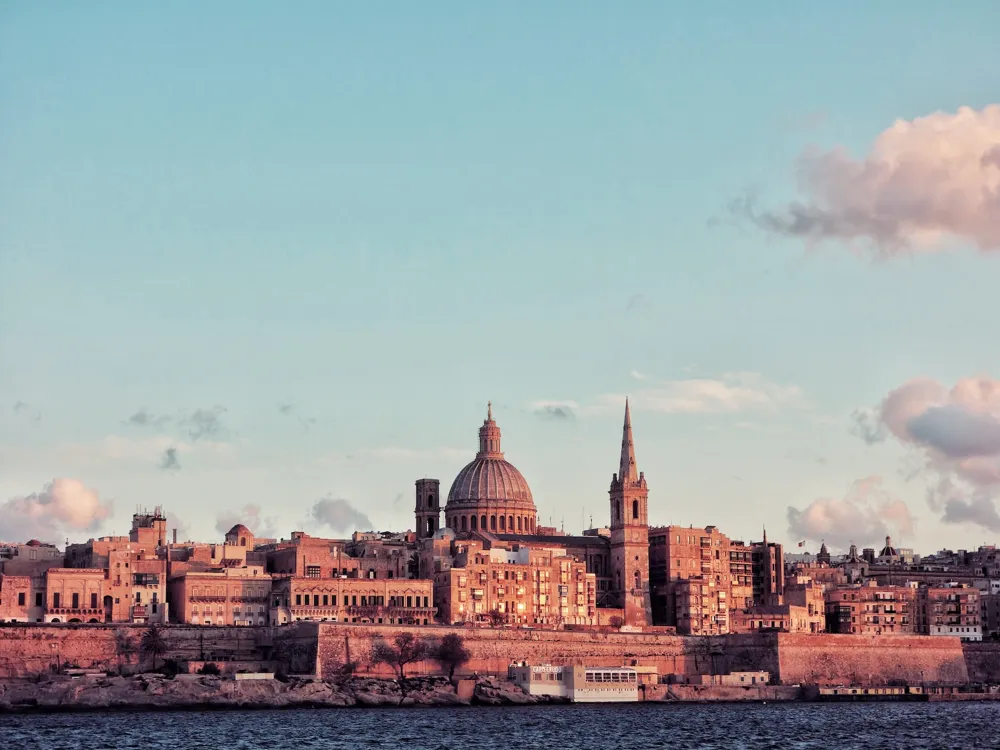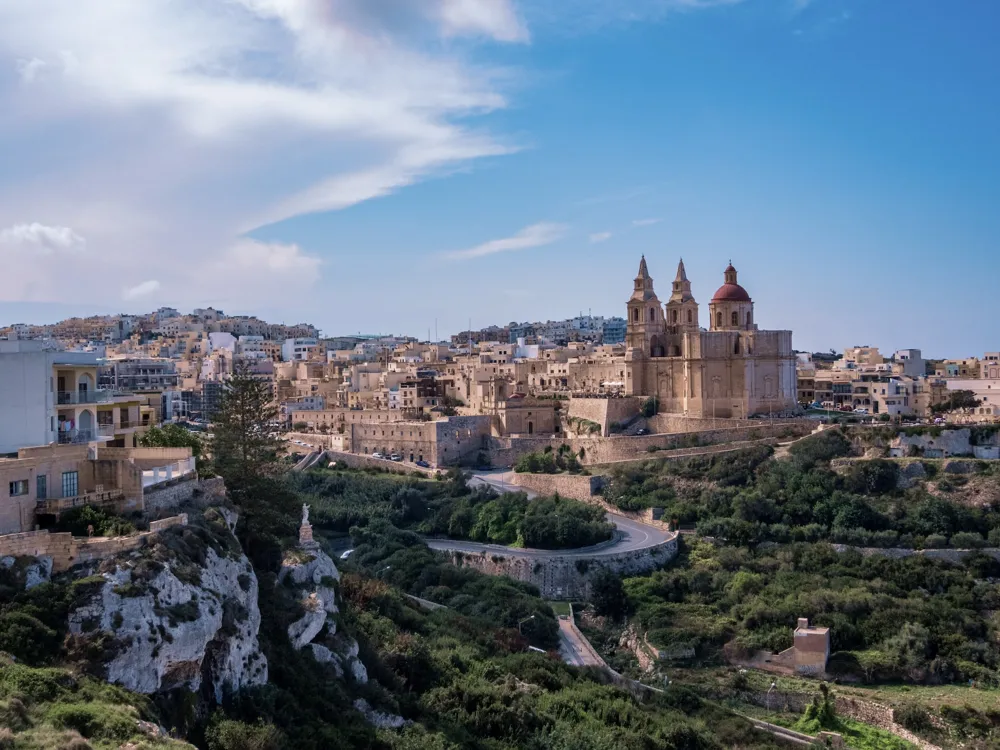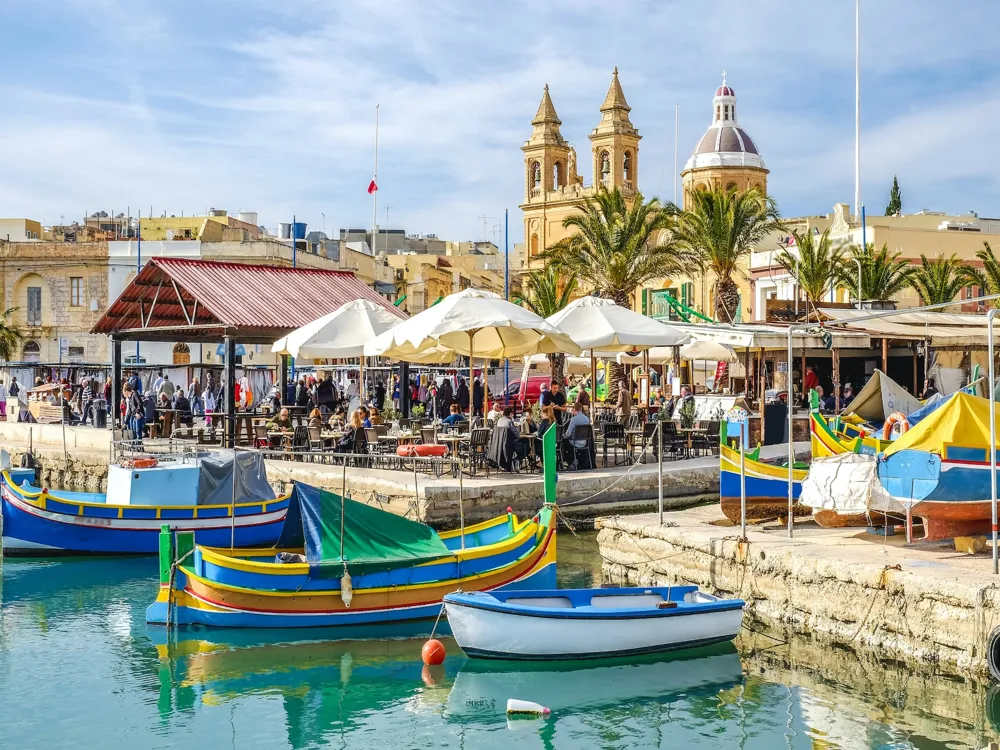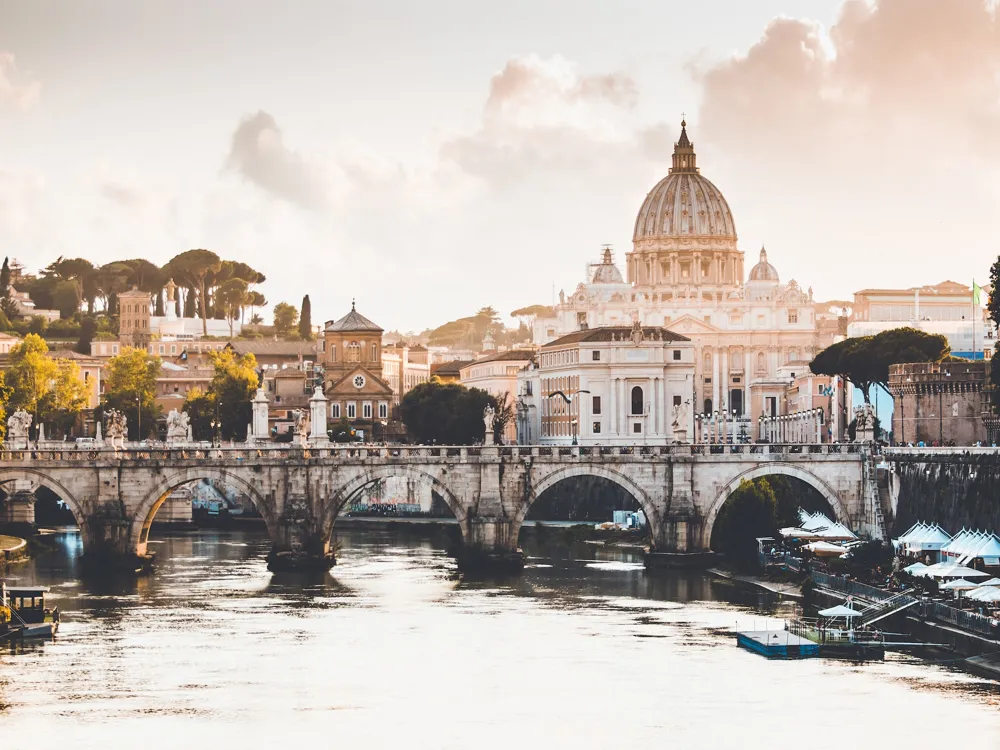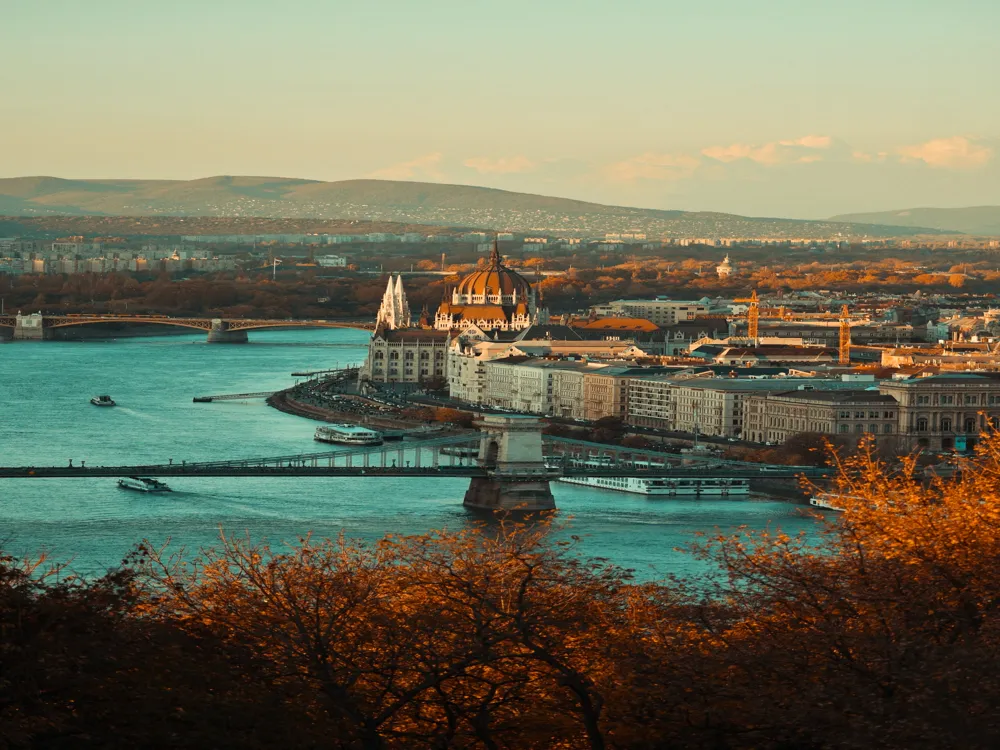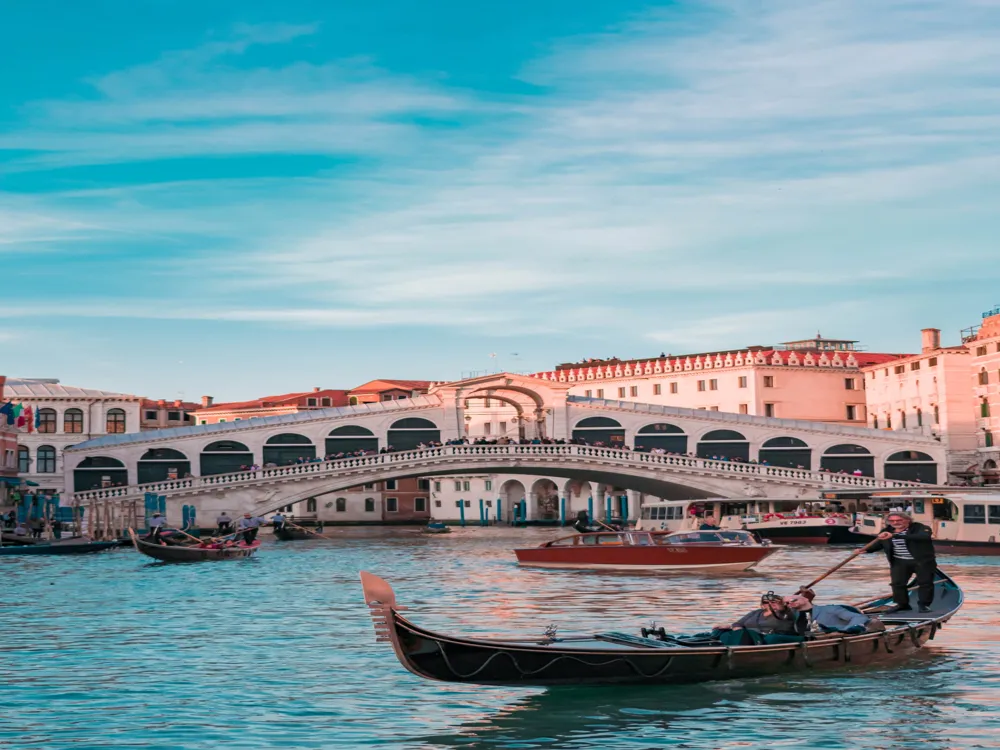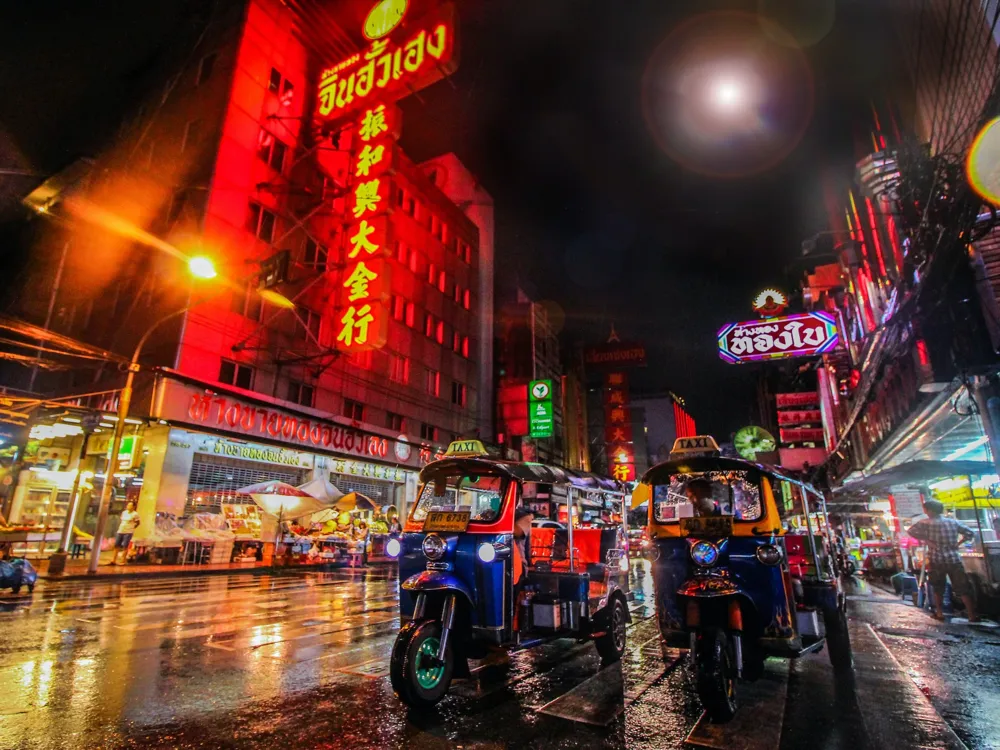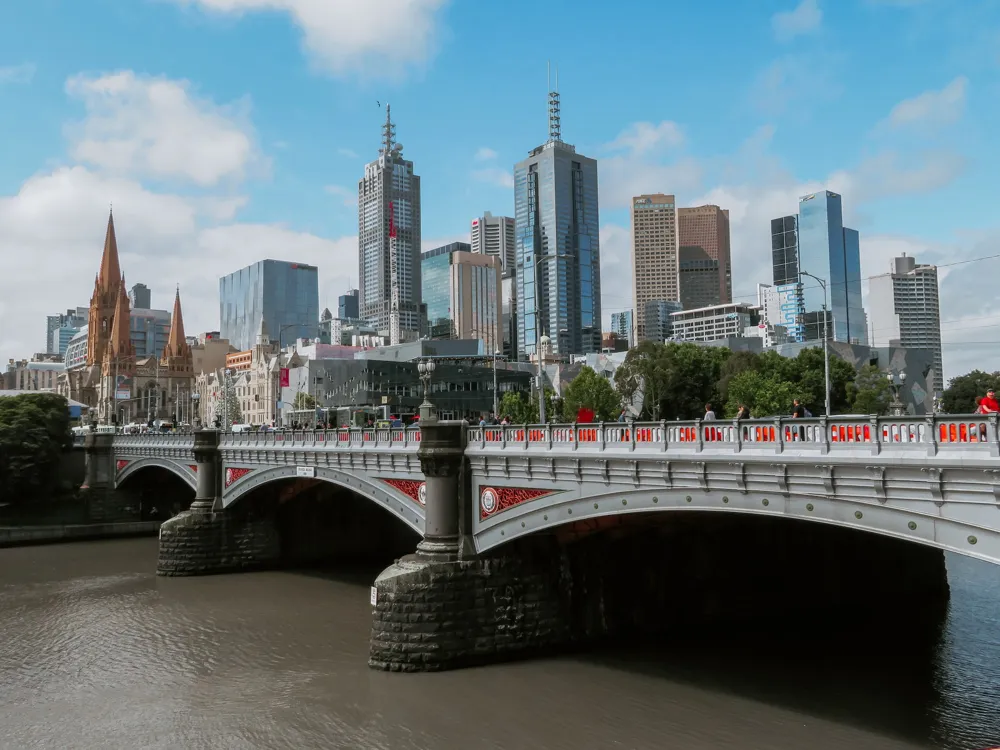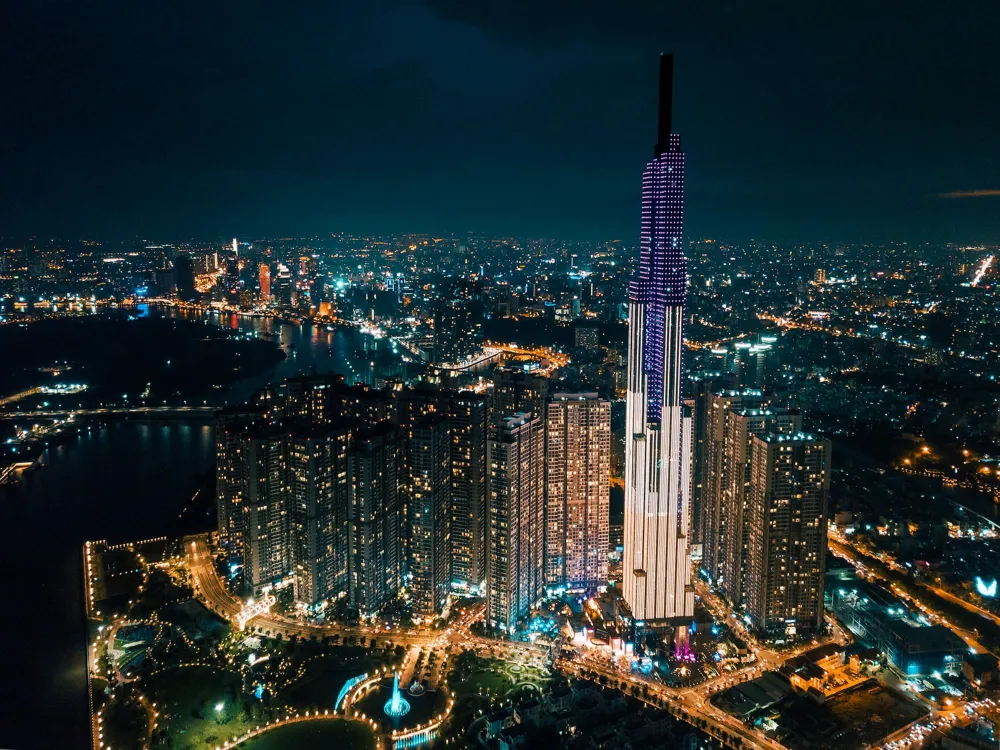Best Time to Visit Malta
NaN
Sub-Region: Kingdom of MaltaNaN onwards View Packages
Get Customized PackagesThe Land of Diversity
Top Hotel Collections

Private Pool

Luxury Hotels

5-Star Hotels

Pet Friendly
What is the Best Time to Visit Malta?
Malta, a jewel in the heart of the Mediterranean, beckons travelers with its timeless charm and diverse experiences. When pondering the best time to explore this sun-kissed archipelago, consider the climatic nuances that define each season.
More about Best Time to Travel to Malta
Travel Peak Season in Malta
Embark on a Summer Soiree:
Basking in the glory of sun-drenched days and balmy evenings, Malta's peak season spans from June to August. The azure waters invite beach enthusiasts, and the island buzzes with vibrant festivals and cultural events. However, be prepared for bustling crowds and higher accommodation rates during this popular period.
Travel Offseason in Malta
Tranquility in Winter's Embrace:
For those seeking a quieter experience, the offseason, from November to March, unveils a different side of Malta. Mild temperatures and fewer tourists create an ideal environment for explorations. Embrace the serenity of historic sites and charming villages without the summer hustle.
Malta Travel Packages
View All Packages For Malta
Malta in Shoulder Season
Unveiling the Allure of Spring (and Fall):
Mild Temperatures, Abundant Delights:
Shoulder seasons, spanning April to June and September to October, present a harmonious blend of favorable weather and fewer visitors. Dive into the kaleidoscope of blooming landscapes in spring or relish the golden hues of fall. The shoulder seasons offer an optimal balance for those yearning to witness Malta's beauty without the peak-season frenzy.
Malta in Hot Season
Soaking up the Mediterranean Sun:
Sun-Soaked Bliss:
The hot season, from June to August, is a sun-worshipper's paradise. Warm temperatures create an inviting ambiance for beach escapades and outdoor adventures. Dive into crystal-clear waters, explore historic fortifications, and savor the Mediterranean cuisine alfresco. Malta in the hot season promises an immersive experience for those seeking a sun-drenched getaway.
Malta in Rainy Season
Navigating Raindrops with Charm:
Winter Rain, Cultural Gain:
While rainfall graces the island from November to March, Malta transforms into a cultural haven during the rainy season. Delve into museums, art galleries, and cozy cafes, immersing yourself in Malta's rich history and artistic endeavors. The occasional drizzle adds a poetic touch to this offbeat exploration.
Malta in Cool Season
Embracing Crisp Winters:
Cool Breezes and Festive Cheer:
From December to February, Malta enjoys a refreshing coolness, inviting travelers to embrace the festive spirit. Explore Christmas markets, attend traditional celebrations, and enjoy the crisp air. The cool season in Malta offers a unique charm, blending cultural warmth with the refreshing embrace of winter.
Places To Visit In Malta
Nearby Places Malta
Malta Photos
View All Photos For MaltaBrowse Package Collections
Browse Hotel Collections
Faq
Q: What is the best time to visit Malta for pleasant weather?
A: The ideal time to enjoy Malta's mild and pleasant weather is during the spring months of April to June and the fall months of September to October. The temperatures are comfortable, and you can explore the islands without the intense heat of summer.
Q: Is Malta crowded during peak tourist seasons?
A: Yes, Malta tends to be more crowded during the peak tourist season, which is in the summer months of July and August. If you prefer a quieter experience with fewer crowds, it's advisable to plan your visit during the shoulder seasons.
Q: Are there any festivals or events that make certain times more special to visit Malta?
A: Absolutely! Malta hosts various festivals and events throughout the year. The Malta International Fireworks Festival in April and the Malta Arts Festival in July are just a couple of examples. Check the events calendar to align your visit with cultural celebrations.
Q: Can you enjoy water activities in Malta during specific times of the year?
A: Water activities are best enjoyed during the summer months, from June to September, when the sea temperature is warm and inviting. Snorkeling, diving, and boat trips are popular during this period.
Q: What is the offseason like in Malta, and is it a good time to visit?
A: The offseason in Malta is during the winter months from November to March. While some attractions may have reduced hours, it's an excellent time to experience the local culture, enjoy the landscapes, and explore historical sites with fewer tourists.

